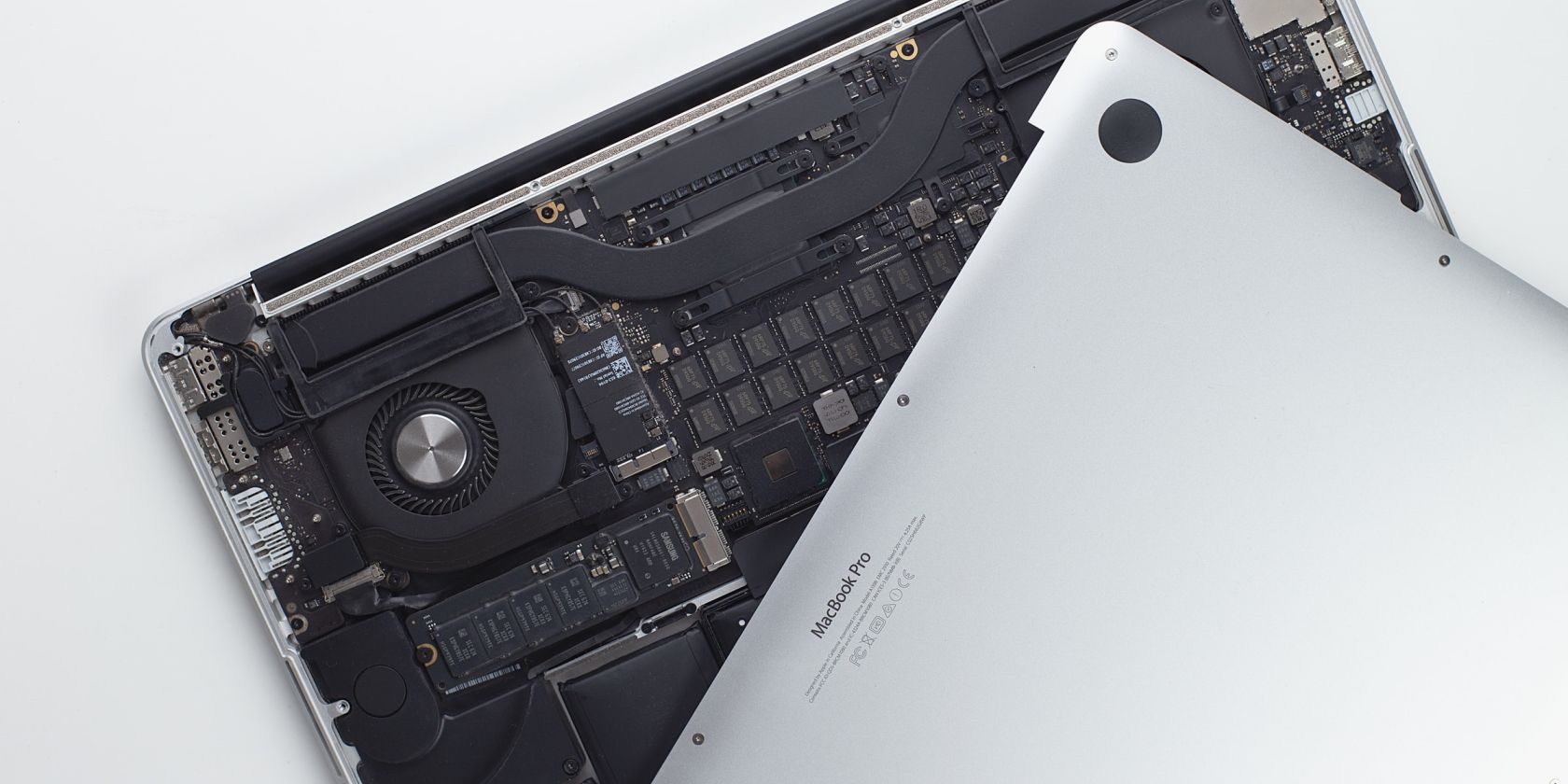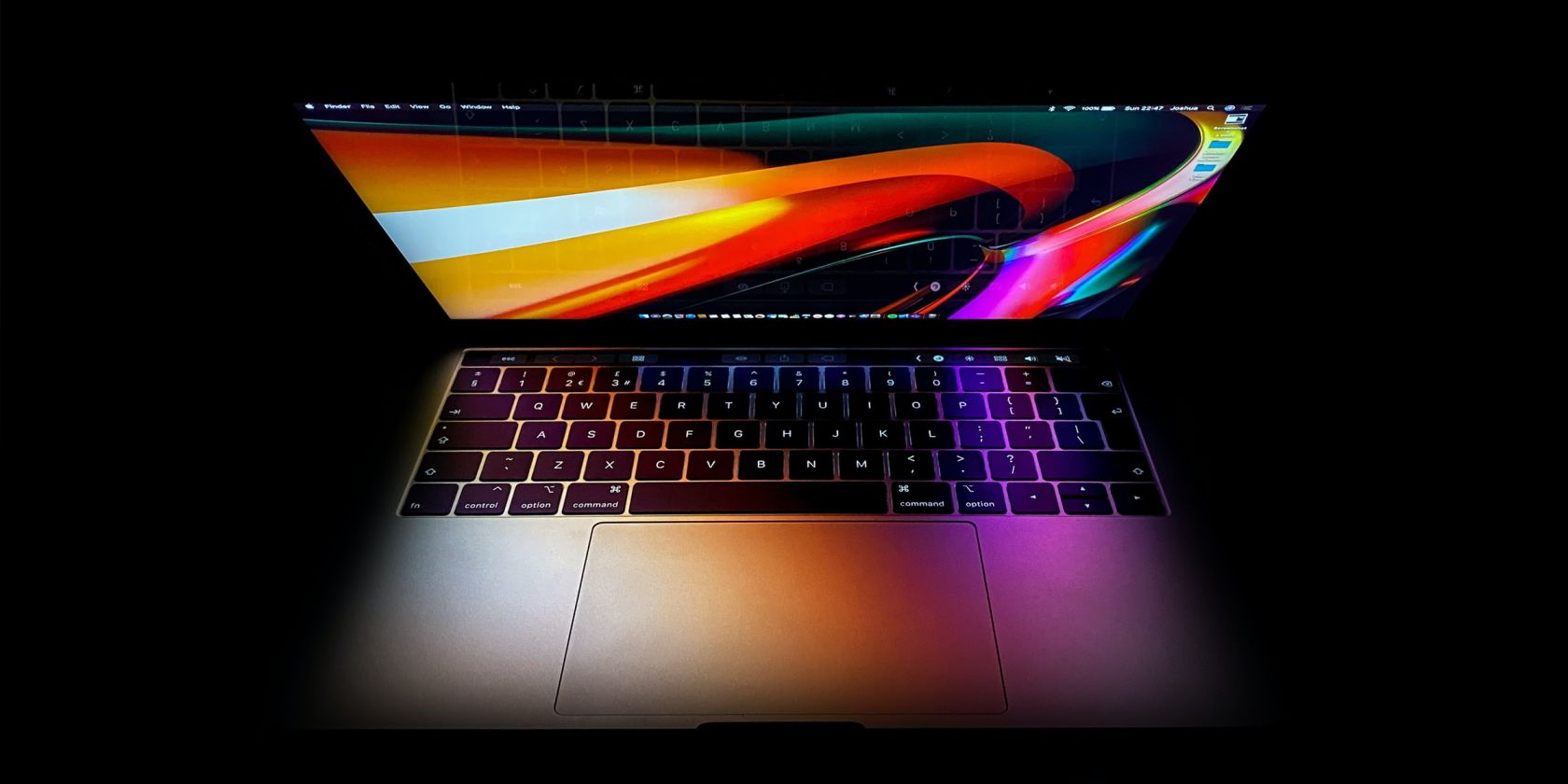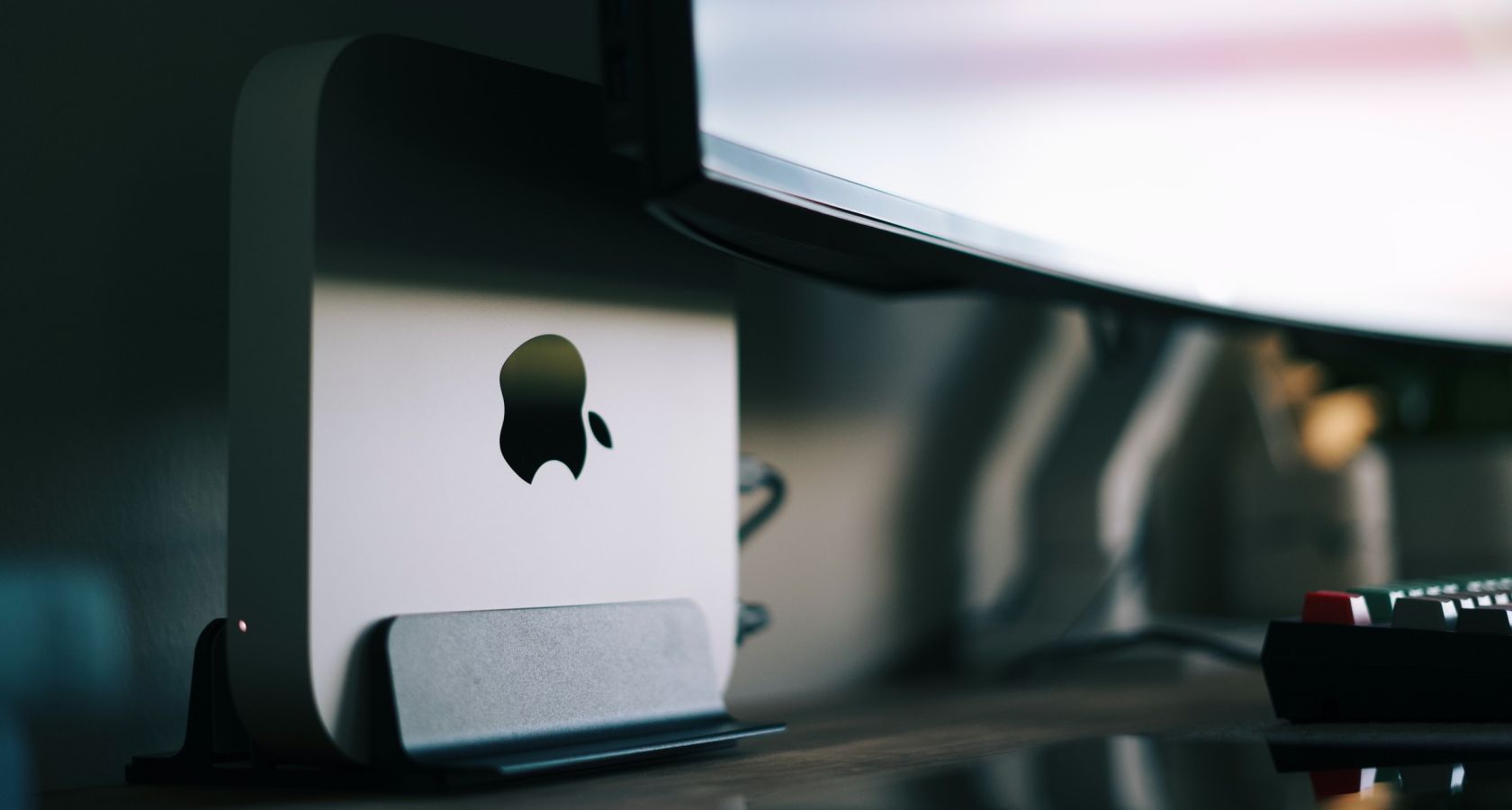The Mac mini and the MacBook Pro are extremely versatile computers, aimed at different users. One is a laptop, whereas the other is a small-form-factor desktop. However, they're both portable enough to be carried almost anywhere you go.
Most people looking to purchase their first Macs usually have their eyes set on the Mac mini or the MacBook Pro. The former is the cheapest Mac you can buy, whereas the latter is the ever-popular laptop option. Here, we'll compare both of these models in detail to see which one better suits your needs.
1. Mac mini vs. MacBook Pro: Hardware and Performance

Let's start with what you get under the hood. Even though one is a desktop and the other is a laptop, both the Mac Mini and the MacBook Pro pack identical hardware. So, you cannot go wrong no matter which one you go with.
You can thank the Apple Silicon that powers these Macs for that.
The current Mac mini and the MacBook Pro feature the critically acclaimed M1 chip with eight CPU cores and eight GPU cores. They both come with the same 8GB of unified memory (RAM) and 256GB of SSD storage for all the standard configurations.
Apple lets you custom-configure them with up to 16GB of RAM and 2TB of storage space if you really want to push the limits.
Since the MacBook Pro is a laptop, you get a gorgeous Quad-HD IPS screen that supports P3 wide color gamut. And yes, you get an integrated camera for FaceTime video calls too.
Moving on to the performance, we have nothing much to say. Since they pack identical hardware, their performance remains the same whether you use them for video editing, music production, or other intensive tasks.
Overall, they're both equally capable machines that outperform the previous generations by a mile due to all the improvements Apple Silicon brings to the table.
2. Mac mini vs. MacBook Pro: Portability and Size Comparison

The MacBook Pro is like any other laptop in its class when it comes to size, so there's nothing much to say here. On the other hand, the Mac mini is the smallest Mac you can buy, despite being a desktop machine.
Surprisingly enough, you'll have an easier time carrying a Mac mini while traveling than a MacBook Pro due to its much smaller footprint. However, you need to keep in mind that you'll need a display and peripherals, like a keyboard and mouse, to actually use it.
Since you don't have to rely on any external peripherals to use your MacBook Pro, this laptop would be better as your ideal travel companion. Plus, you can use the M1 MacBook Pro unplugged for up to 17 hours of web browsing, thanks to the efficiency of the M1 chip.
3. Mac mini vs. MacBook Pro: Ports and Connectivity
Unfortunately, Apple limits the M1 MacBook Pro to just two USB-C ports. These ports are located right next to each other, making it even worse since it's pretty easy to block one of them with a chunky USB drive.
If you need more ports, you'll have to settle for the older Intel-based 16-inch MacBook Pro, which features four Thunderbolt 3 ports. But if you want a workaround, you can use USB dongles to connect all your accessories to the M1 MacBook Pro.
The Mac mini easily takes the cake in this department. This machine is loaded with ports, especially for its size. It packs two USB-C ports, two USB-A ports, an HDMI 2.0 port, and a Gigabit Ethernet port on the back. You'll likely never need an adapter to connect USB devices to a Mac mini.
In terms of connectivity options, you get Wi-Fi 6 and Bluetooth 5.0 no matter which M1 Mac you go with.
4. Mac mini vs. MacBook Pro: Extra Features

Since the MacBook Pro is a laptop, it's packed with features that you won't find on a Mac mini. For starters, you get Touch ID on the MacBook Pro, making it easy to log in. You also have access to the Touch Bar, which shows buttons relevant to the app you're using. Don't forget the integrated webcam that lets you use FaceTime too.
While the Mac mini is better than the MacBook Pro in terms of port selection, you will miss out on a complete macOS experience. It's mostly a server-oriented device that doesn't have the bells and whistles of a typical MacBook.
If you have your eyes set on Touch ID, it's worth noting that Apple now makes a Magic Keyboard with Touch ID that comes bundled with the M1 iMacs. So, if and when it is sold separately, you could have the option to use this feature with your Mac mini too.
5. Price

In the end, it all comes down to the price since that's the deciding factor for most of you. That said, it's difficult to talk about the pricing when these Macs don't even fall in the same product class.
The M1 MacBook Pro costs $1299 for the base model with 8GB of RAM and 256GB of storage. You can get the M1 Mac mini with the same specifications for just $699, which is nearly half the price of the MacBook.
Before you get all excited, it's important to know what you get for those prices. With the Mac mini, all you get is the hardware necessary to run macOS. You need to purchase the monitor, keyboard, and mouse or trackpad separately. Adding up all these peripherals could raise the total price by a few hundred dollars.
When you purchase a MacBook Pro, you get a completely functioning Mac out of the box with everything you need to use it. You don't have to buy a single peripheral to enjoy all the advertised features. Plus, you can use the M1 MacBook Pro unplugged all day if you need to.
Find the Right Mac for You
There's no clear winner here since the Mac mini and the MacBook Pro target different audiences. It all depends on what you want from the Mac. Some of you may have all the peripherals needed to use a Mac mini, and therefore, you would be wise to pick it up and save hundreds of dollars. However, you will not be disappointed with the $1299 MacBook Pro if you're looking for the best out-of-the-box experience.
Image Credit: Apple

Comments
Post a Comment